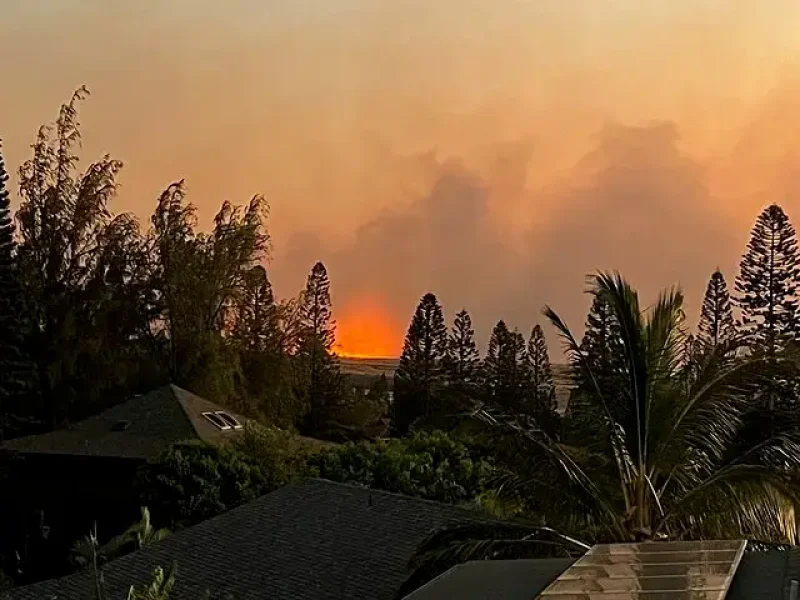After a catastrophic wildfire that killed more than 100 people in Hawaii, eyes have turned toward an unexpected culprit: invasive grass species that have spread massively over the archipelago for decades, serving as the perfect fuel.
Drought-resistant, capable of invading difficult terrain, and gradually muscling out local species, they are also a growing threat in the western United States, where devastating fires are increasing.
“Invasive grasses are very ignitable. They change the landscape,” Carla D’Antonio, a professor of ecology at the University of California, Santa Barbara told AFP.
“They make conditions that are more conducive to more fire, and all of a sudden, we just have a lot more fire.”
Rather than decomposing when they die, they stay “standing there for a long time, dry as a bone,” said D’Antonio, who has been studying these species for more than 30 years. They’re also hardy, surviving fires better than native species and gradually replacing them.
For D’Antonio of UC Santa Barbara, tragedies like that of Hawaii are linked to many factors: the alteration of the landscape by humans, the invasion of alien species, droughts made worse by climate change, but also a lack of preparation.































